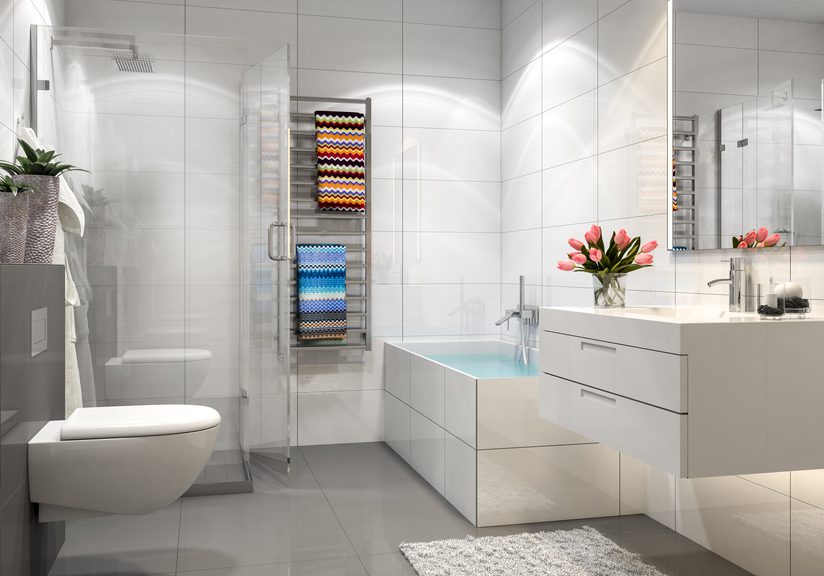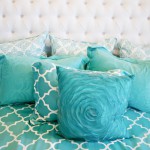We see it as outdated, obsolete, even tacky at times and yet each time it is reborn to become even fresher and richer. Ceramic never ceases to amaze us. It’s the phoenix of decorative materials.
We were originally seduced by the practical side of ceramic: shock resistant, watertight, not affected by changes in temperature, easy to wash, perfectly hygienic. It was the ideal material for the kitchen (floor and work space), the bathroom (floor and walls) and the vestibule (floor).

Years have passed and designers have recognized the potential of ceramic in terms of aesthetics. They have embraced it enthusiastically. The days when ceramic was associated with being poor are long gone. Today, ceramic offers almost infinite possibilities when it comes to decorating.
Ceramic imitates natural stones, wood, marble and concrete. Sometimes the designs are quite surprising, such as snakeskin. This explains its astonishing ability to make a floor come alive. And even make it sophisticated. Ceramic comes in so many colours, textures and motifs that you have an abundance of choice.
Have you ever seen a ceramic surface alternate with wood flooring? It’s chic and refined. But ceramic doesn’t need a second material to make it stand out. All you need is a little imagination and you can come up with some astonishing patterns: pictures and colours, decorative edges, mosaics, medallions, ocean effects using a deep blue in the bathroom. The variety of tile sizes and shapes alone can completely change a decor.

It’s ability to imitate is what has expanded ceramic beyond the bathroom and kitchen. Today, ceramic is found in bedrooms and living rooms. In fact, it is now found in all rooms. It no longer has a complex.

Ceramic brightens a chimney mantel, the circumference of a mirror, the apron of a bathtub, or a small table. Given the opportunity, it can look great outdoors: the surface of a patio, low wall, bench, entryway and garden path.
Ceramic already fits perfectly in a rustic decor, but easily blends in the classical style as it is quite elegant. We have already seen tiles adorn a living room wall. Highly refined. Do you like a high tech atmosphere? Ceramic offers graphic motifs and reflective surfaces.
On the wall, ceramic blends perfectly with kitchen cupboards, regardless of their personality, which explains its popularity, apart from the fact that it is easy to wash. The same applies to the bathroom. Ceramic is surprisingly flexible.

Seen somewhere: ceramic tiles of various colours, voluntarily broken and then put back together, piece by piece, to create a pattern on the bathroom wall. Also seen: a small incrusted mosaic in a large ceramic floor surface, but the results are spectacular.
Maybe you’re more tempted by ceramic’s younger cousin porcelain ceramic? They are very similar. Porcelain is more resistant, but much noisier. It’s becoming increasingly popular.
Ceramic does have slight disadvantages, but the industry succeeds in getting around them.
- Too cold for your feet? Install a heated floor underneath.
- Too noisy? You can install a product underneath that reduces the noise.
- Too slippery? Choose a slightly textured or glazed model for a non-slip surface.
- You hate the sight of joints and the fact that you have to clean them regularly? Today there are finishes that make them almost invisible.
Photos: istock.com

